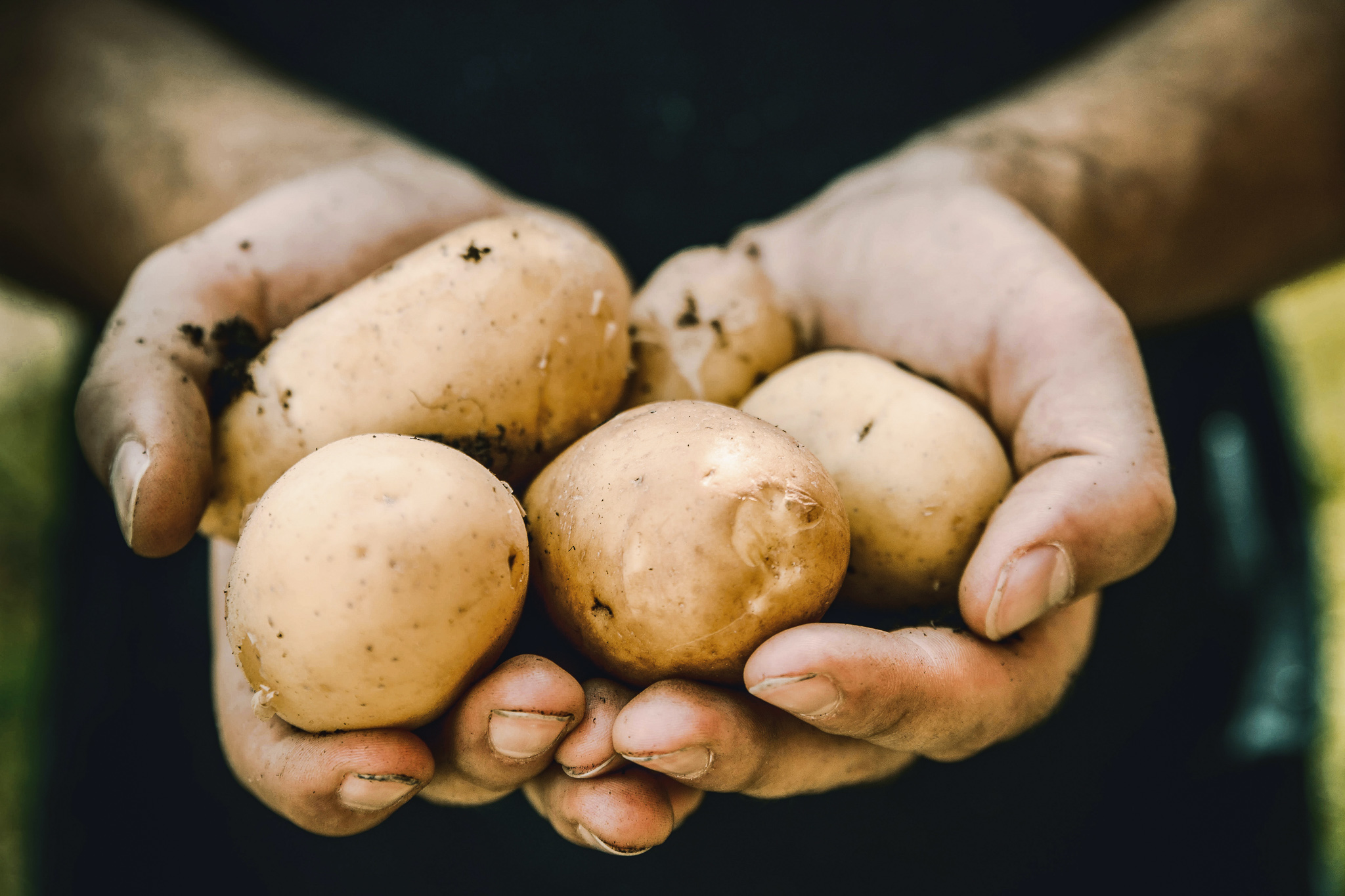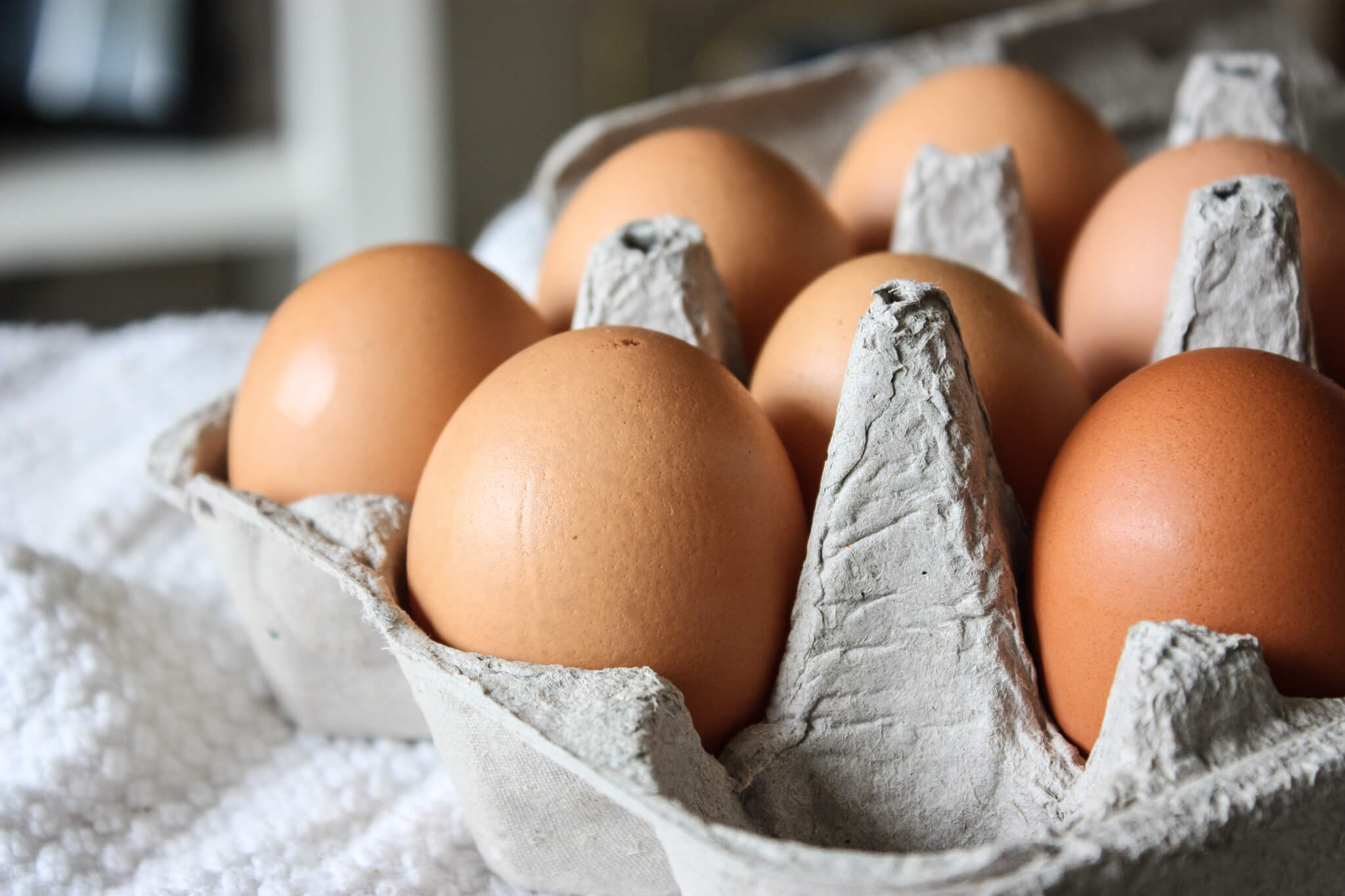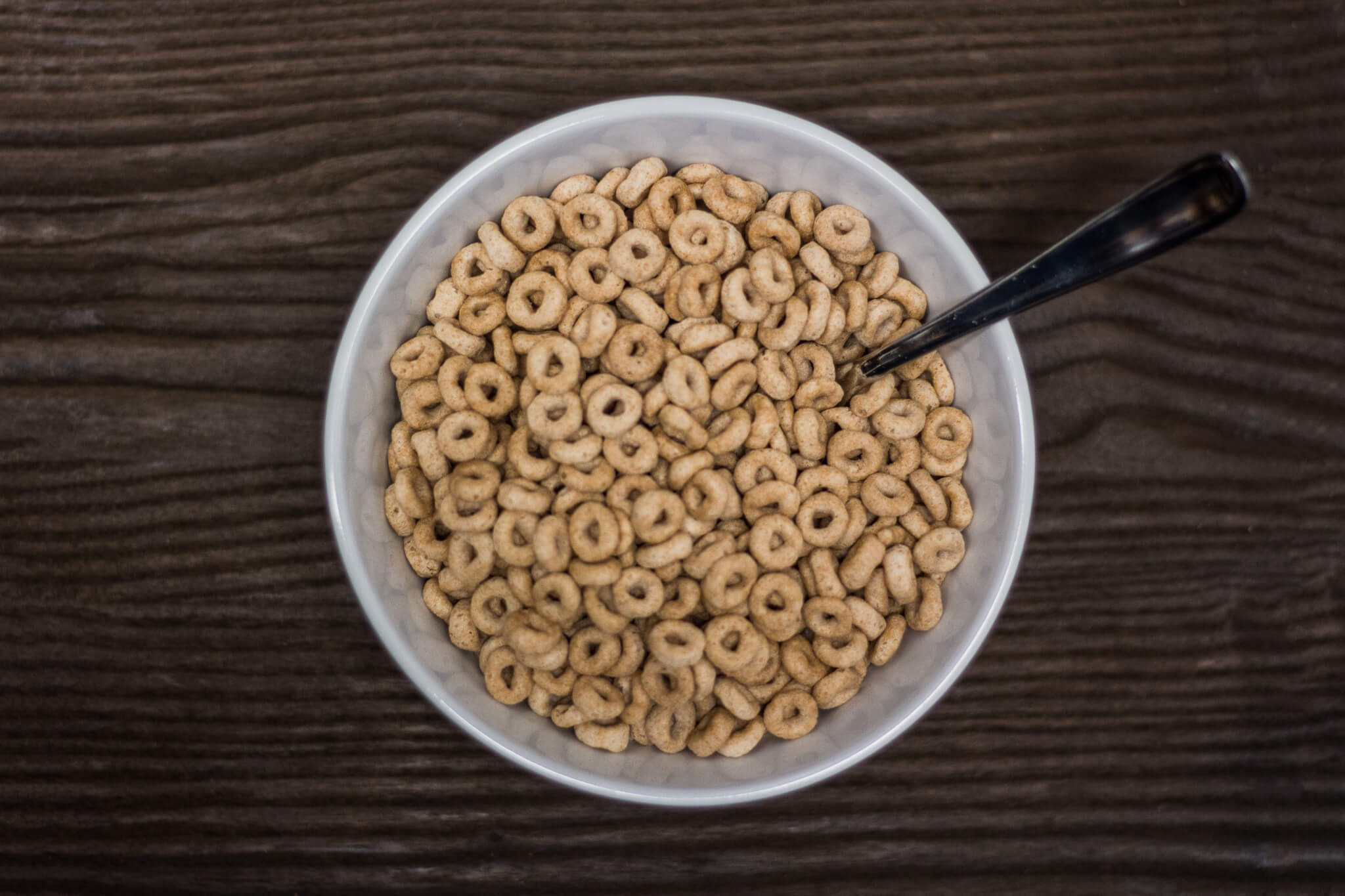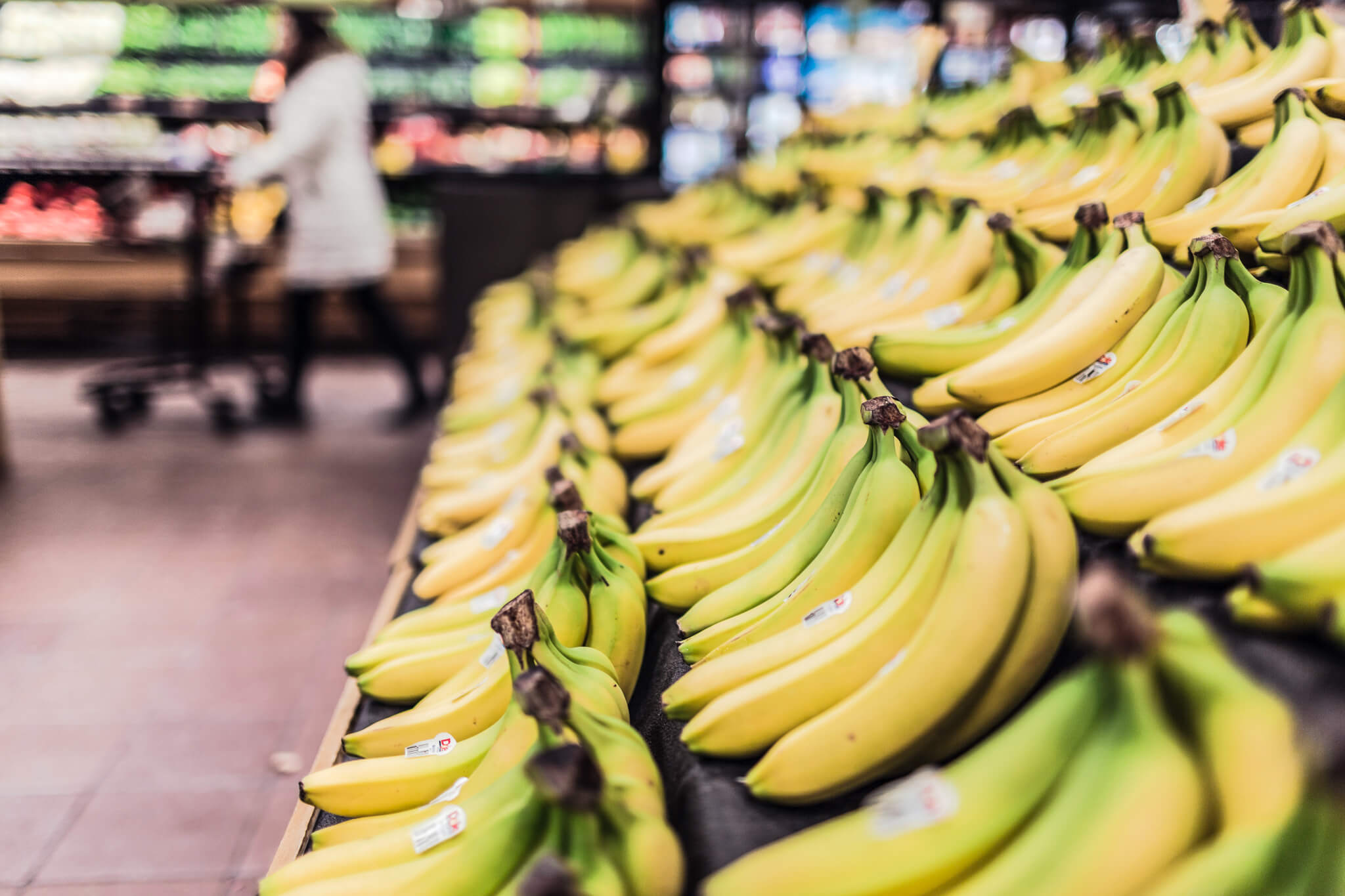I’ve recently started eating cereal like it’s the only food left on this planet. Not exaggerating, I think I’ve eaten more cereal in the last two months than I have in the last 10 years. This cereal binging has nothing to do with dwindling shelves due to COVID-19 either, I’ve just really been digging me some Special K and Honey Nut Cheerios lately (I am, apparently, both 65 years old and 2 at the same time). Eating all these Cheerios has probably filled my body with glyphosate, since Cheerios are full of the stuff, right?
A couple of years ago, there were dozens of articles passed around proclaiming that there is glyphosate (the weed killer more commonly known as Roundup) in Cheerios. Different articles shared statistics about how much of the pesticide was found in various cereal grain-based products. The numbers sounded alarming, which is why they were shared so dramatically.
When a stat about pesticides in cereal gets shared on Facebook, it seems shocking and scary and we might feel like we need to clean out our cupboard and visit the organic aisle. Before doing that, however, we need to think “What does this mean?” “Is there a bigger picture?” “Could there be an explanation?” We need to ask those questions, and more, any time we see a shocking statistic, not just when it’s about a pesticide.
It’s all about context
Statistics without context are often meaningless. If someone bragged to us that they ran home from the grocery store in 5 minutes, we wouldn’t be impressed unless we knew how far apart those places were, or what the weather was doing at the time, or if they were carrying groceries. A dozen other variables would help us determine if that were impressive or not. We need to apply similar context questions to the glyphosate in our cereal.
How much glyphosate could be in the cereal? Is it for sure there, or just maybe? Is glyphosate harmful at that dose? How much glyphosate does it take to hurt someone? Will it build up in my body over time and cause an issue? All of these and more can help us determine if the scary-sounding statement “There is glyphosate in your Cheerios!” is actually cause for concern.
To answer that, let’s look at what the EPA and science do to establish what amount of something could harm you
We often hear mention of the LD50 of different products and chemicals. This refers to the amount of something required to kill 50% of the test subjects. We see LD50s for everything from pesticides to caffeine. What we see mentioned less often are the NOAEL and RfD of compounds.
NOAEL stands for no observed adverse effect level and is the highest dose in all toxicological studies that caused no detectable problems. RfD refers to the reference dose and is basically the amount that you could consume every day and not be concerned about a problem. These levels are determined by long-term chronic toxicity studies.
The RfD amount comes from the NOAEL. A look at all the studies determines the amount of something, in this case glyphosate, that didn’t cause any problems. The studies were done in animals though, so then they (the EPA) take that number and divide it by 10 to make it applicable to humans. But wait! Some humans are extra sensitive, so just to be extra cautious, another safety factor of 10 is included. If a product warrants additional safety factors, another division by 3-10 (so up to 1,000 total, 10 x 10 x10) is done.
Basically, the EPA looked at studies on different animals and concluded what dose of glyphosate, if any, caused problems for them over an extended period of time. Then they divided that number by 100 and concluded the amount of glyphosate a person could be exposed to every day and not be concerned for their health and safety.
Every pesticide has a recommended rate, as in measurement, to be applied to a crop. This rate is based on many factors, including the breakdown of the pesticide on the crop and in the water and soil and how much product is left in those areas after a certain amount of time. The EPA mandates that the amount of exposure we have to a pesticide can’t be higher than the RfD. The application rate for a pesticide will never be high enough for residue levels to exceed the RfD.
Good news, these levels are enforced
Once the EPA has set the tolerance level of a pesticide, it becomes the FDA’s job to regulate and enforce those tolerances. They have a Pesticide Monitoring Program and each year they sample both domestic and imported foods for pesticide residue and create an annual report with their findings. This report shares the results of tests they perform on foods (milk, dairy, corn, soybeans, eggs, grains, and more) for different pesticides, including glyphosate.
They publish the report annually, but it’s a two-year process to combine and evaluate all of the data, so the most recent report published, 2019, is for test year 2017. In 2017, they tested 6,069 samples for more than 750 pesticides. This definitely isn’t a small test. 96.2% of the domestic human food samples and 89.6% of the imported samples were compliant with residue limits. And that’s all 750+. Many samples had no glyphosate residue at all. They have procedures in place to deal with those foods and suppliers who are not compliant.
I want to mention that the original articles shared a couple of years ago used data from a study that tested just 45 samples and used residue tolerance levels lower than the EPA standard, which is why it sounded so outrageous.
Back to the Cheerios
That means that the cereals that have been accused of having glyphosate in them can have that residue. The EPA allows for residue because the results of many scientific studies have shown that no harm will occur if a certain amount or less is ingested.
Let’s look at the levels found in Cheerios specifically, compared to the, again, data and science-backed, safe residue limits. The RfD listed in this comprehensive data is 1.0 mg per kg of body weight per day. The EPA has said that the safe limit for glyphosate on oats is 30 parts per million (ppm).
That means that 30 milligrams of glyphosate residue per kilogram of oats is safe (the conversion of milligrams to ppm is 1:1). A sample of Cheerios from the previously mentioned small study found .49 ppm, so .49 mg glyphosate/per kg of Cheerios. That’s almost 62 times lower than the EPA safe limit.
A kilogram is 2.2 pounds. You need almost 137 pounds of those Cheerios per day before you reach an unsafe limit.
The recommended serving size of Cheerios is 28 grams for those above 4 years old and 21 grams for those under. I think if anyone is maxing out the safe level of Cheerios per day, they are going to have far worse problems than potential chronic glyphosate toxicity.
Okay, I promised something besides glyphosate
There’s a pretty decent handful of vitamins and minerals in Cheerios. One of the most notable is iron. If a child under 4 is eating the recommended serving size, they are also getting about 7.74 milligrams of iron. The Mayo Clinic recommends 7 mg per day. Iron is very important to a child’s overall health and deficiency can result in a range of symptoms from physical to behavioral, according to the Mayo Clinic. Iron is so important that cereals, like Cheerios, are fortified with it to ensure that people, especially kids, are getting the amount they need. A study in 2000 found that children who, as infants had severe, chronic iron deficiency had “poorer cognitive function and lower scores in school achievement tests”.
Cheerios also have decent amount of folic acid, niacin, and zinc, to name a few other micronutrients.
Go ahead, shamelessly pour yourself a bowl
Are Cheerios alone going to provide a child or adult with the vitamins and nutrients they need to be a well nourished, healthy individual? Certainly not. Is there enough glyphosate in Cheerios, or any other oat cereal, to cause you harm? Again, certainly not.
I bring all of this up not because of Cheerios and glyphosate, but to illustrate a bigger picture. We have statistics thrown in our faces all the time, from all sides of the fence. Some are meant to scare us, some to comfort us. Some help us make better life choices, but others lead us to demonize entire industries without fully understanding.
I have seen a few statistics shared about agriculture lately that are largely inflammatory. They might be true, but without context, they don’t mean anything other than an attempt to fearmonger. I want us to be well informed and critically thinking eaters.
Are there any big claims that you’ve heard that you’d like to see discussed? Let me know in the comments!
Sources You Can Check Out
*The information I included about NOAEL and RfD is a standard part of the science behind this process, but I found much of it in the article mentioned below. It’s a terrific article talking about the scientific process used to make sure we are safe and healthy.
William R Reeves, Michelle K McGuire, Milton Stokes, John L Vicini, Assessing the Safety of Pesticides in Food: How Current Regulations Protect Human Health, Advances in Nutrition, Volume 10, Issue 1, January 2019, Pages 80–88, https://doi.org/10.1093/advances/nmy061
*Basically any data you could ever want to see about studies on exposure to glyphosate and potential health outcomes can be found at the link below. It’s a document titled Toxicological Profile of Glyphostate published by the Agency for Toxic Substances and Disease Registry in April of 2019. Its purpose was to provide all of the information from studies in one place so that people could use the information for public comments on glyphosate; it was not created to show their agency determination.
https://theolivebranch.net/wp-content/uploads/sites/14359/2020/05/tp214.pdf
The information about childhood iron deficiency came from this article:
Lozoff B, Jimenez E, Hagen J, Mollen E, Wolf AW. Poorer behavioral and developmental outcome more than 10 years after treatment for iron deficiencyininfancy. Pediatrics. 2000;105:e51. www.pediatrics.org/cgi/content/full/105/4/e51
Leave a Reply
Previous Post
Next Post
Food companies often use fear and misconceptions to market their product. Enter your email below and you'll have 5 ways to beat them at their sneaky game.
5 Food Label Secrets to Save Big $$$ at the Grocery Store
oh, yes please
FREE DOWNLOAD
The Olive Branch
Offering first-hand perspective on farming and our food supply
Home
About
consulting
resources
Contact
the blog
Follow along on Instagram
@theolivebranch_j
The olive branch 2024 | design by tonic
ag Tours






Jordyn I would like to learn about high fructose corn syrup. Why is this a concern for some people?
Heather, that would be a very interesting topic to cover. I will start doing research!
This is really interesting! Thank you for breaking it down so nicely. I loved your analogies and examples!
Your article makes it easy to visualize the amounts you talk about. Thank you
Some people will say that any amount of pesticide is to much, so what things go on organics and what are the limits for those products?
Thanks for the suggestion, Mike. Organic can be a misunderstood topic and it would be good to talk about what it means and what can be used on it.
I appreciate that you linked the articles, thanks for breaking all that information down!
Of course! I want to make sure that readers can check my facts and read further into the information if they would like to.